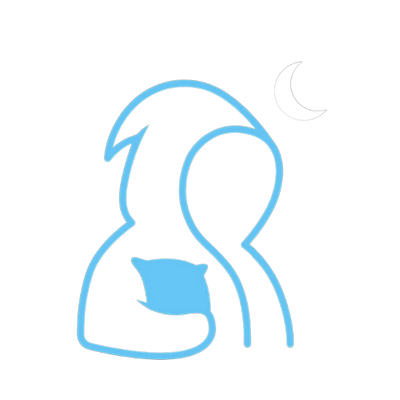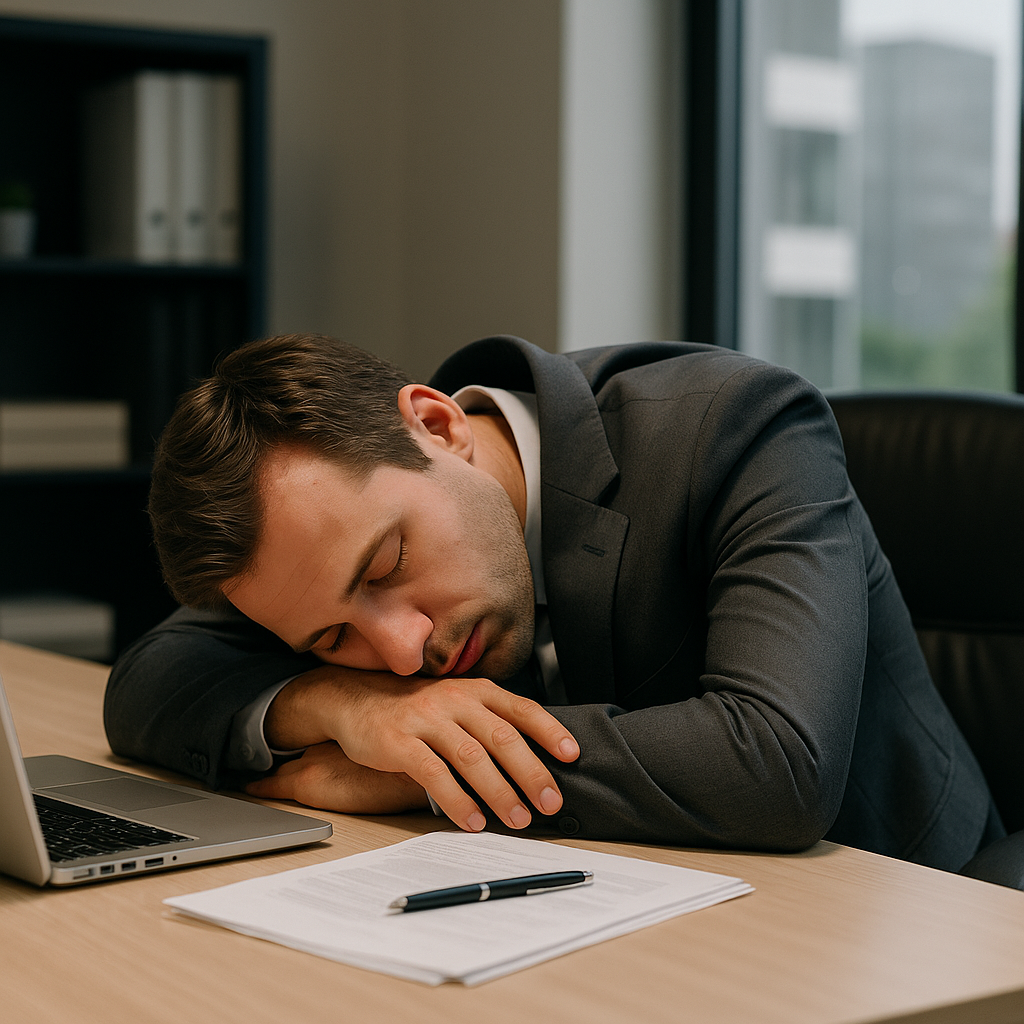The real secret weapon of high performers everywhere isn’t another cup of coffee or a complicated productivity app. It’s something far simpler: the power nap.
I recently experienced a power nap. I'm not a big napper, but a couple weeks ago I arrived at work and could barely keep my eyes open. This is not a good feeling, especially when part of my job is "edu-taining." The energy needs to be there! I arrived two hours early (traffic can be rough). I left the lights off, curled up under my desk, pushed away the thoughts of something crawling on me and slept. 30 minutes later I awoke feeling amazing! I had energy and focus. It was as if the cloudiness in my mind was wiped away. My next article had to be about power naps.
Whether you’re a student, parent, a busy professional or all of the above that depends on high levels of caffeine to function past the 2:00p slump, the power nap might be the single most underrated performance hack you’re not using. Let’s break down what power naps are, why they work, and how to nap like a pro without throwing off your nighttime sleep.
What Exactly Is a Power Nap?
A power nap is a short, intentional period of sleep typically between 10 and 30 minutes. Unlike a long nap, which can send you into deep sleep cycles and leave you feeling groggy and gross, a power nap keeps you in the lighter stages of sleep yet still reaping a big part of the benefit of a much longer nap.
Energy Use → Adenosine Buildup: Every time your brain uses ATP (its main energy source), adenosine is released as a byproduct. As the day goes on, adenosine levels rise. This is good. We want this.
Sleep Pressure Signal: High adenosine makes you feel sleepy by dampening neural activity in wake-promoting areas of the brain. It’s like a biological hourglass — the more adenosine, the stronger the urge to sleep. Again, this is good. We want this when it's time to sleep.
Reset During Sleep: When you sleep (especially during slow-wave/deep sleep), your brain clears out adenosine, restoring wakefulness. Sometimes, for some reason,
This is also why caffeine works. It blocks adenosine receptors temporarily, tricking your brain into thinking you’re less tired. But the adenosine is still there, which is why you often “crash” later when caffeine wears off.
During a power nap, your adenosine levels are reduced significantly. Reducing this chemical allows your brain to continue functioning at the high level you need it to without the sleep pressure chemical bogging things down. This means you wake up feeling refreshed, ready to tackle the rest of your day with renewed focus, better energy, and a calmer mind for a few more hours, though some reports as much as 12 hours.
Why Power Naps Are So Powerful
There’s a reason elite athletes, surgeons, and even NASA pilots rely on strategic naps. Power naps pack an impressive list of benefits into a short window:
Boosts Alertness and Reaction Time – Even a quick 10–20 minute nap can dramatically improve focus, hand-eye coordination, and response speed.
Improves Memory and Learning – Your brain uses short naps to consolidate new information, making it easier to recall what you’ve learned later.
Reduces Stress and Improves Mood – Power naps lower cortisol (the stress hormone) and help you feel calmer, more optimistic, and ready to handle challenges.
Increases Productivity – Many Fortune 500 companies now provide nap pods because research shows well-rested employees are sharper, more creative, and more productive.
Think of it as hitting the reset button on your brain — without losing half your day.
Timing Makes a Difference
The secret to a successful power nap isn’t just how long you sleep. It’s also when you sleep.
Your body follows a natural circadian rhythm, and most people experience a dip in alertness between 1:00 pm and 3:00 pm. This is the golden window for a nap. Sleep too early, and your body may not be ready to rest. Sleep too late, and you risk interfering with your nighttime sleep schedule.
Aim to keep naps under 30 minutes to avoid entering deep sleep (and the dreaded post-nap grogginess known as sleep inertia).
How to Take the Perfect Power Nap
Taking a nap might sound simple, but there are ways to make it even more effective:
Set the Scene: Find a quiet, cool, and dark space if possible. Use a sleep mask or blackout curtains to block light.
Keep It Short: Set an alarm for 20–30 minutes max. You want to wake before deep sleep kicks in.
Try a “Coffee Nap”: Drink a small cup of coffee before lying down. The caffeine takes about 20 minutes to kick in, giving you a double boost when you wake up.
Stay Consistent: If you nap regularly, your body will start to expect it — making it easier to fall asleep quickly.
The Bottom Line: Don’t Sleep on This Habit
In a culture that glorifies hustle, choosing to rest smart is a power move. Power naps are free, fast, and backed by science. Whether you want to sharpen your focus, boost your mood, or simply survive your afternoon meetings without another energy drink, a well-timed power nap might be exactly what your brain (and body) need.
So go ahead — grab a pillow, set that timer, and give yourself permission to hit pause. You’ll wake up ready to take on the world — no grogginess, no guilt, just better performance and better energy.
Interested in reading more?
Sleep Journal Nap duration matters.
NASA Ames Research Center Effect of naps on pilots and crew.
Nature Neuroscience Naps help learning
Sleep Journal The Power of Naps

